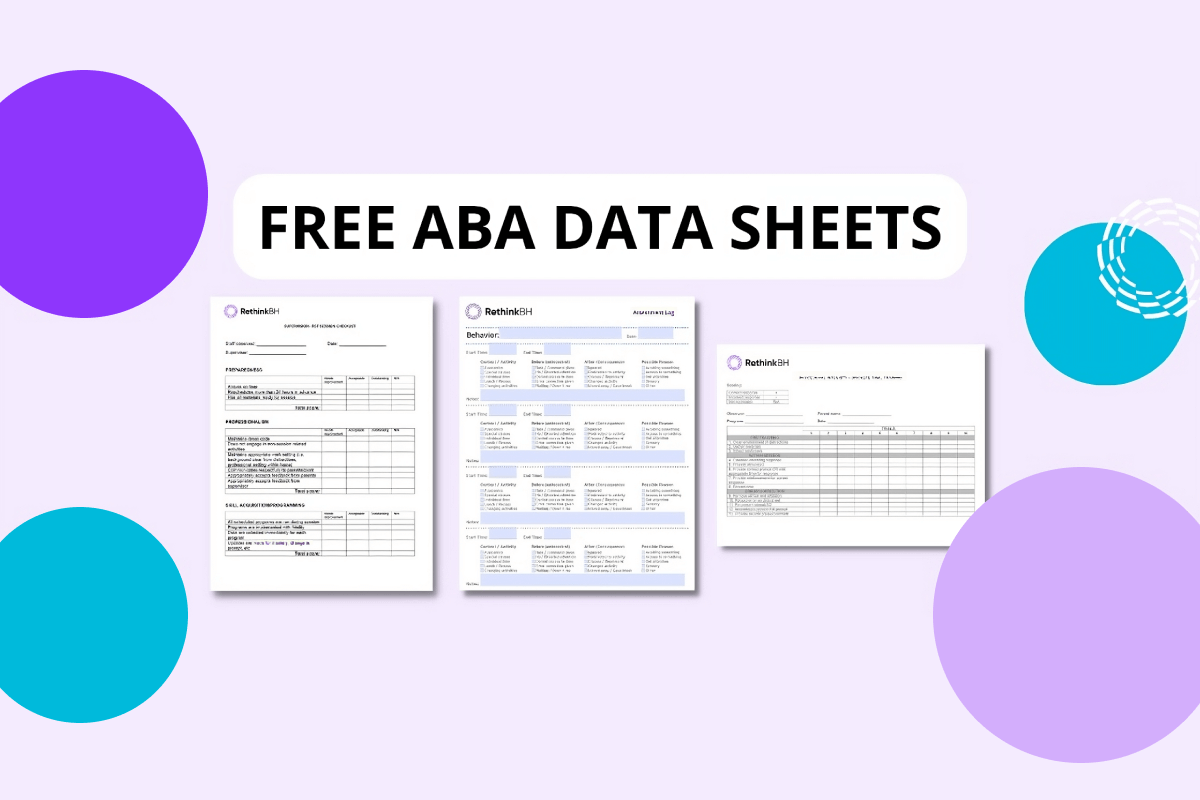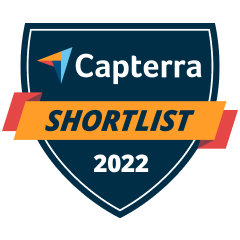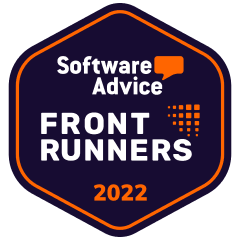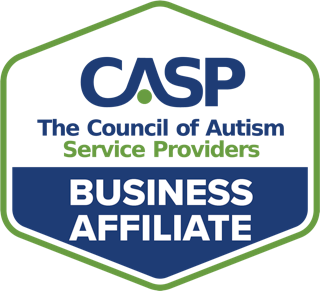Free ABA Data Sheets & Forms
At Rethink Behavioral Health, we offer all-in-one behavioral health solutions for Applied Behavior Analysis (ABA) providers. We believe that technology allows providers to grow quicker through efficiencies, but we understand some still prefer paper and pencil.
At the end of the day, we want to be a resource for everyone, because when it comes down to it, all we’re trying to do is improve care for those who need it. With that in mind, we developed several types of printable ABA data collection sheets that ABA providers can use to track their data.
What’s included
We’ve broken this bundle of free ABA data sheets down into two primary categories, they are:
- Programming
- Skill Acquisition (SA)
- Behavior Reduction
- Supervision forms
Programming includes any goals that are trying to be accomplished to increase a variety of skills, such as daily living, communication and social skills, along with behavior reduction strategies, which includes any forms dedicated to tracking challenging behaviors.
Supervision forms will include any Procedural Integrity (PI) forms, Inter-Observer Agreement (IOA) and other tracking forms which we’ll go into more detail on below. These are more for program and staff evaluation.
Programming
As mentioned above, Programming pertains to any goals that are to be accomplished to increase skills and replacement behaviors, and decrease problem behavior. Programming is broken down into two categories; Skill Acquisition and Behavior Reduction.
Skill Acquisition
The first component related to programming is SA. In this section we’ll review Task Analysis (TA) and Discrete Trial Training (DTT), as well as several methods of ABA data collection.
Task Analysis (TA) Data Collection
Clinician monitoring parent-caregiver behavior with complex behavior chains use this method to break them down into smaller steps.
A sequence of brushing teeth, washing hands, then going to bed is a common example.
Additional steps and targets can be identified by understanding each step.
Discrete Trial Training (DTT)
Discrete Trial Training is one of the most common ABA teaching methods. It is a one-on-one approach aimed at teaching students new skills in a systematic way.
DTT allows for massed or interspersed trial options. In our DTT Data Sheet, clinicians can track up to 10 individual trials and track accuracy and independence in responding.
Cold Probe Data Sheet
Cold Probe Data Sheets are ideal for tracking skill acquisition with many targets within a program.
They allow the parent or therapist to probe correct or incorrect responses at the beginning of the session prior to teaching. This can be used instead of trial by trial data collection.
Rate Data Sheet
The Rate Data Sheet helps track both the frequency and rate of targeted skills. These two factors are related, but have different definitions.
Frequency is defined as the number of times something occurs, while rate is the frequency of that same activity over a specified period of time.
Interval Data Sheet
Tracking intervals allow for an observer to set any amount of time to monitor the occurrence and/or duration of a behavior, and is an estimate of how often behavior is occurring. This sheet has space to track 20 intervals, which can be defined as whole, partial or momentary-time sampling (MTS).
Whole means that a behavior occurred for the entire interval, partial describes a behavior that occurred at any point throughout that interval, and MTS tracks if behavior is occurring at the end of the interval.
Duration Data Sheet
These sheets allows clinicians and therapists to track the lengths of time of each occurrence of behavior for each skill.
Behavior Reduction
Behavior reduction focuses on any maladaptive behaviors targeted for decrease. The two primary sheets that will be used in this component are the Antecedent Behavior Consequence (ABC) Data Log and Scatterplot Data Sheet.
Additionally, the Rate, Interval and Duration sheets detailed above can be used for tracking behavior reduction.
Antecedent Behavior Consequence (ABC) Data Log
The log provided is an unstructured ABA data log, as opposed to structured. This log can be edited to create a structured data sheet per client, which can be helpful for parents and caretakers as it makes the process more objective. Parents can select from a menu of options as opposed to writing their own thoughts down.
ABC Data allows parents to see patterns in behavior, including challenging behaviors such as tantrums, aggression, self-injury, etc, what causes them, and what follows them. This sheet helps track a specific behavior during an activity, along with the antecedent (before), consequence (after) and possible function.
Total duration is also an important component to track here, as duration may decrease before frequency of episodes decreases.
Scatterplot Data Sheet
Our Scatterplot Data Sheet helps to determine behavioral patterns with regard to time.
These sheets allow clinicians to track when behavior occurs in 15, 30 and 60-minute intervals over a 24 hour period.
Supervision Forms
Supervision forms included anything related to Procedural Integrity (PI), Inter-Observer Agreements (IOA), and additional forms used for tracking, but not necessarily related directly to client behavior.
Their purpose is to record data on parent and caregiver performance, so supervisors can provide feedback to improve performance as needed.
Task Analysis (TA) Procedural Integrity (PI) Data Sheet
When it comes to Task Analysis, procedural integrity is essential. PI is defined as how accurately a program is consistently implemented as it was intended.
This method is used by a clinician monitoring parent-caregiver behavior with complex behavior chains and breaking them down into smaller steps. Examples of Task Analysis PI include a sequence of brushing teeth, washing hands, then going to bed. By understanding each step, additional steps and targets can be identified.
With TAs, any type of skill can be targeted. Our TA PI Data Sheet allows clinicians to track trials for pre-teaching behaviors, in-session steps and space at the end for error correction.
Discrete Trial Training (DTT) Procedural Integrity (PI) – Data Sheet
This is a structured method for teaching a new skill. Because of this, it’s especially important that caregivers implement trials as programs.
It is also used to evaluate a parent or caregivers implementation of DTT trials. This free ABA data sheet tracks up to 10 individual trials, along with pre-teaching, within-session and error correction responses.
Natural Environment Training (NET) Procedural Integrity (PI) Data Sheet
Last, but not least, is Natural Environment Training. NET is less structured than DTT, and allows clinicians to capture teaching opportunities as they occur naturally.
A child may be able to learn a skill in a structured environment, but may struggle to generalize the skill in the natural environment. This is an important factor for educators to understand, so they can tailor instruction so students can apply lessons learned naturally.
Similar to DTT, this free ABA data sheet tracks up to 10 individual trials, including pre-teaching, within-session and error correction responses.
Inter Observer Agreement (IOA) Templates
IOA data sheets are designed to evaluate accuracy in ABA data collection and identify observer drift or bias.
With IOA data collection, two people will observe a child or client at the same time, and record data on the target behavior or response. Once completed, they will compare their data.
The process helps determine if behaviors are well-defined, recorded accurately and consistently. This is also known as program correctness, and highlights the importance of recording data accurately.
Behavioral Skills Training Tracking Form
The Behavioral Skills Training Tracking Form is used to teach a new skill to a caretaker or caregiver. This may be an especially effective method of training with telehealth services.
The instructor provides a set of instructions and models for parents what to do step by step. The parent practices while the ABA therapist or supervisor watches and provides feedback, and this process continues until the skill has been mastered.
Download now
Our free ABA data sheets are easy to download, simply fill out your information above. We encourage you to customize each sheet to meet the needs of your clients or service delivery model.
Learn more about our ABA data collection tools and clinical software that can help your practice design, implement and analyze treatment programs in the most effective way possible.









